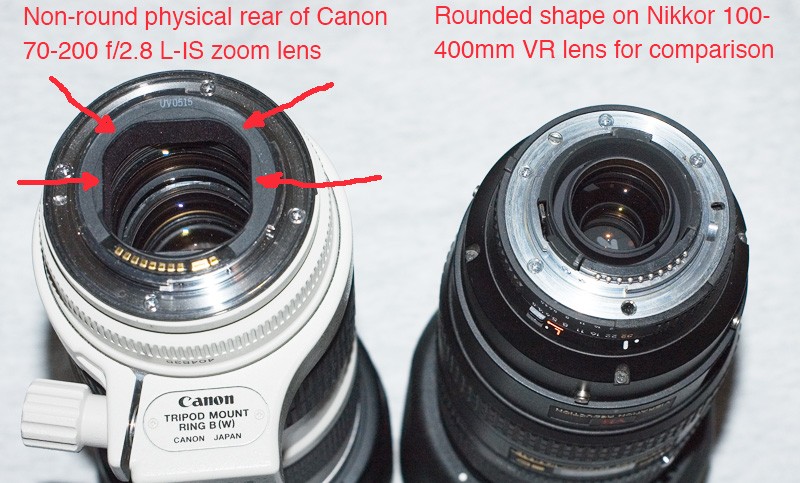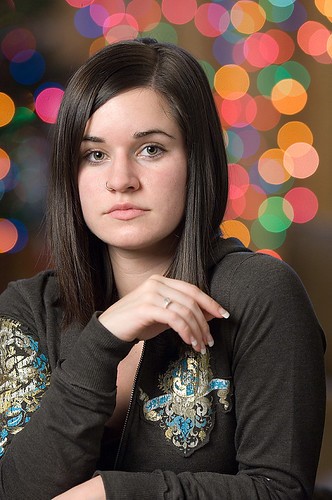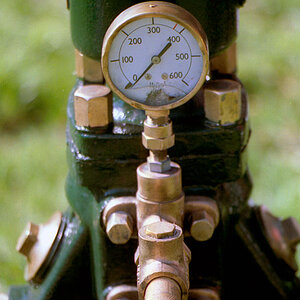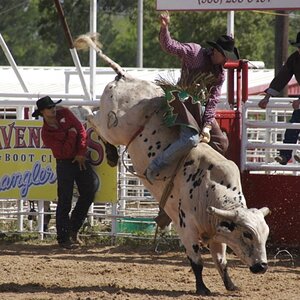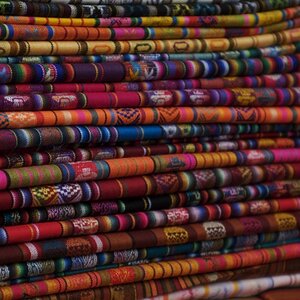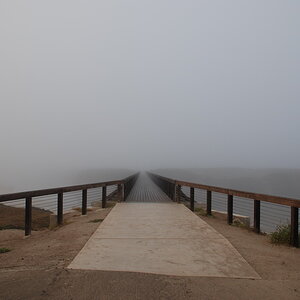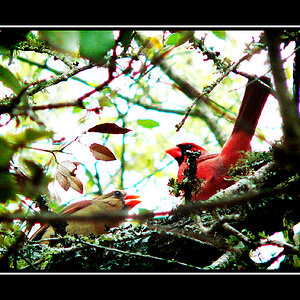DScience
No longer a newbie, moving up!
- Joined
- Apr 12, 2009
- Messages
- 1,513
- Reaction score
- 122
- Location
- Denver, CO
- Can others edit my Photos
- Photos NOT OK to edit
Oh, and here's my submission for the thread.

I would have to say that this isn't the best example of bokeh, but this shot is freaking awesome! There is something very mysterious about it, and I really like the lighting.


